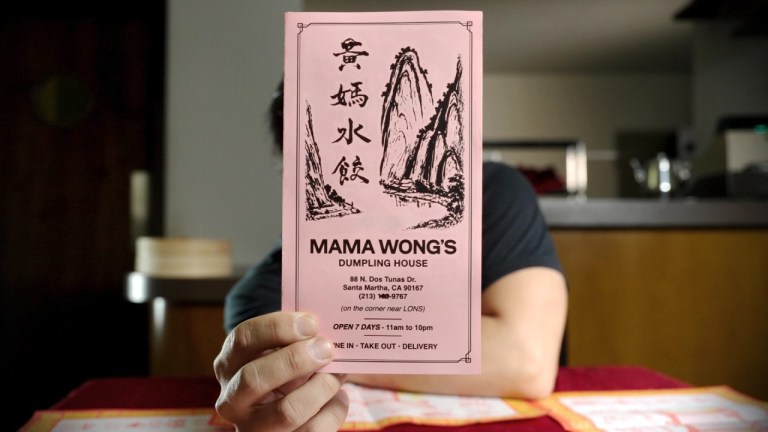How the Frustratingly Slow Process of Bureaucracy Came to be Known as ‘Red Tape’
In a new episode of the informative trivia series Today I Found Out, host Simon Whistler explains how the expression “red tape” came to describe the frustratingly slow and cluttered process of bureaucracy and how the term has been consistently employed throughout history.
Sometime during the early 16th century, in order to distinguish the most important documents that required immediate discussion at the highest levels of government (such as the Council of State), from those of less significance, Charles’ ministers began tying important papers together with red string or ribbon. Seeing the efficacy of such a system, the method was soon adopted across Europe, and in fact, England’s Henry VIII used red string, ribbon or cloth to secure the petitions he sent to Pope Clement VII requesting annulment of his marriage to Catherine of Aragon in 1527. Note that well before this time, tæppe had been an Old English word that meant “narrow strip of cloth used for typing, measuring, etc.” and its use dates back to at least the late 16th century. So, while it’s not clear that Henry’s court called it red tape, it is possible.






